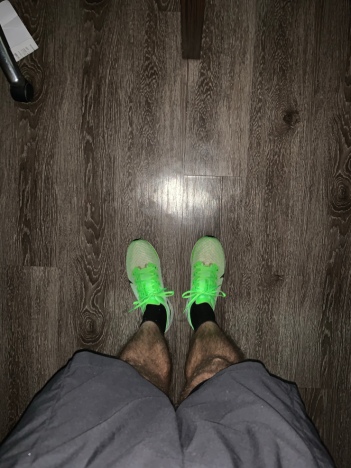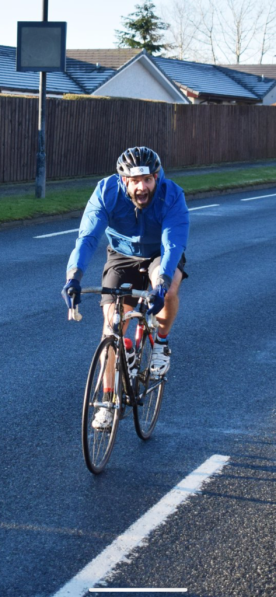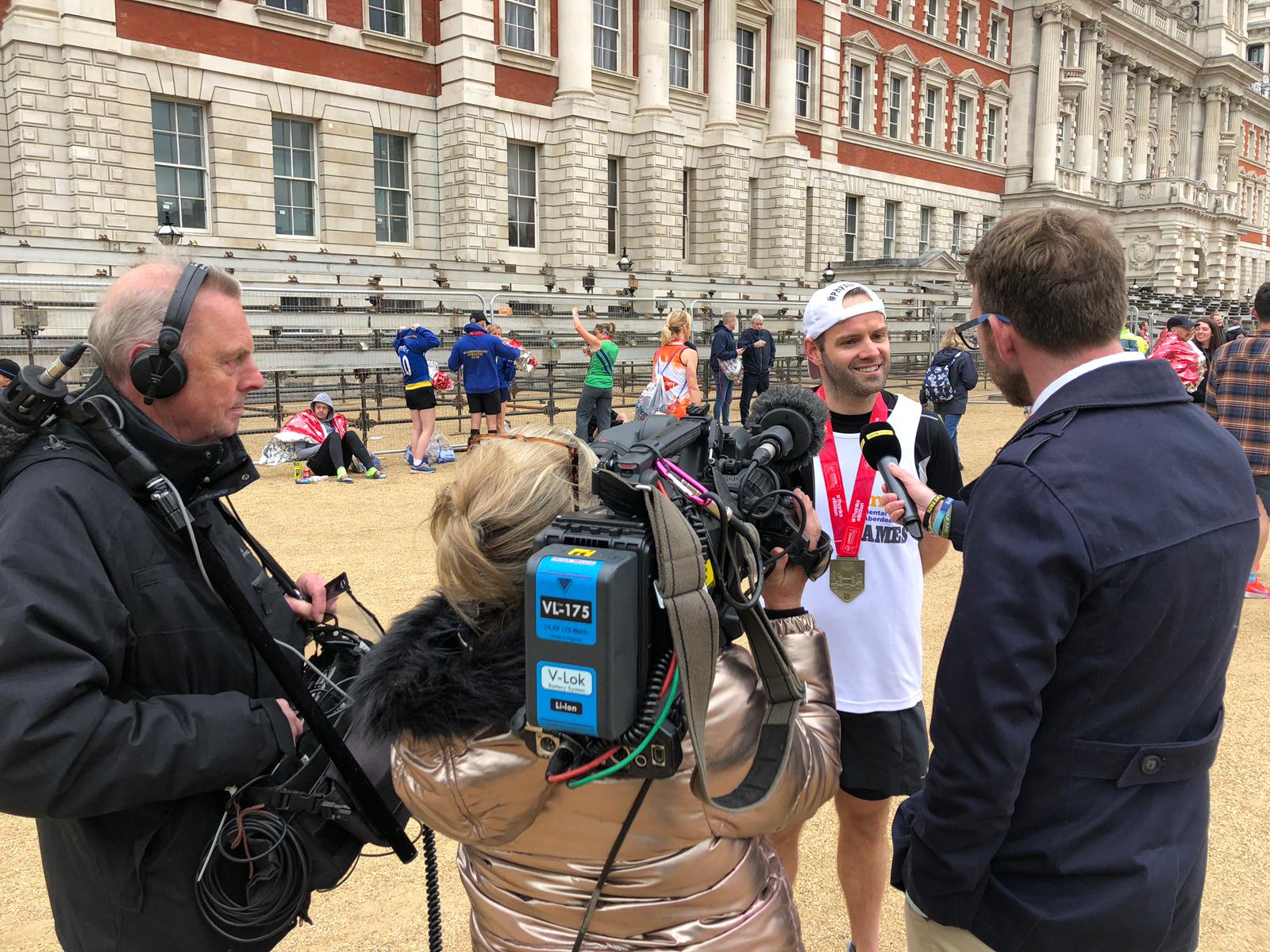We all suffer a setback at some point. It had to happen sooner or later… I mean 2 years without anything I must have been riding my luck … but it happened. In a book I am reading just now called “Rebound” one of the first things they speak about is ” a positive approach is the best approach for an injury” ” Turn your adversity into something to improve for yourself” … so I figured I wanted to share my current journey with you, going through the stages that I have experienced…..

Stage 1 – Denial.

“Nah, it’s not that bad”
Standing in the pharmacy aisle of a local supermarket, weighing up the strongest medication on the shelf, versus the one with caffeine, versus the combination tablet, versus the ointment, versus ointment and tablet, versus listen to the years of training you have and the experience you use everyday to help manage this injury….. so I’ll get the combo tablet.
I was too emotionally attached to the injury – for all the injuries I see and help manage this was happening to me. I’m a physiotherapist, I shouldn’t be getting injured, what will my clients think if I can’t look after myself, how would they trust me to look after them. Anyways … it’s not that bad. I mean its only sore first thing, every time I get up from a chair, only sore if I’m on my feet all day (my job) so I have it lucky. Running – its only sore during the warm up and after I finish – no panic I can still run on it.
Stage 2 – Anger

“How did this bloody happen, I was flying in training” “Who’s bloody fault is it?”
I hadn’t done anything different! I mean I had just taken a brand new pair of Nike Turbo 2’s to New York, came off a long haul flight, walked 5 miles. I just got up in the morning, ran 6 miles in the new shoes (on concrete) and then got back to the apartment. I only put on the other shoes ( minimalistic shoes) we walked 10 miles that day. Following it up with another 13 mile run and 10 miles the next day before waking on the Sunday and aborting the run – I mean its not my fault but it must be someones bloody fault.
It was the bloody trainers. It was the bloody wife making me walk all over New York (whilst she was pregnant-what was she thinking). No! The training error is there for all to see – too much load versus your capacity … shut up brain what do you know … I am a physiotherapist this is my job I am supposed to know load versus tissue capacity, I am supposed to know about new footwear and breaking them in, I am supposed to know about time zonal training and the effects on healing…. I do know…so the blame lies with me. Me and me alone, bloody green trainers…wouldn’t have happened if they were blue … or red or even blue and red ….. yes it would have because you didn’t listen…you thought you were an outlier….everyone does until they become an inlier.

Stage 3 – Bargining

“Maybe if I just …..”
I know, maybe if I just really reduce my pace of my run, the heel will be better. If I take it easy on the speed of the run once its settled I can then push onward. Maybe if I cycle for one day the pain will get a chance enough to settle before running on it again and by the weekend the 21 mile Brewdog challenge will be easy to complete.
With every deal came a sense of loss. With every bargaining suggestion came a deeper sense of grasping at straws. With trying hard to bargain rather than accept I was stuck in the dreaded stage 3 of my injury … the place where you start developing STRAVAITIS ( a feeling of nausea and distain for all the lovely runners scoring PB’s, or claiming your fake crown for a segment, or running with no symptoms).
Maybe if I improve my understanding of why this happened then maybe I could stop it from happening again in the future…maybe if I accept it and plan for the recovery I can start recovering and building rather than making a false foundation out of sand and bargaining these lousy deals.
Stage 4 – Sadness / Depression

“I am never going to get that time ever again – that was a one off”
Loch Ness – the pinnacle of my running career – the time where everything went well – the time that I felt effortlessly floating around the course ( in Blue shoes, not bloody green). I am never going to have a race like that ever again. I am never going to have a marathon block like the 12 weeks leading into Loch Ness. I may as well stop now, I may as well say TAA RAA to the Metro fourth standard. I mean I’m only a jogger anyway so running fast isn’t a big deal, but maybe running just with the buggy should be my goal. If this pain ever settles all I want to do is get around parkrun in 25 minutes with the buggy, thats all this foot looks like it can handle…..poor me, this never happens to anyone else.
Logical Physio James – ok you have over loaded the foot – we have highlighted the training load error, we will reduced the load. Through your expertise find out which areas need strengthened and which need released. Off load the sore area temporarily and cross train. You are not the first to get this and you won’t be the last. If you want peace – you have to prepare for war.
Stage 5 – Acceptance

“We need to fix this”
“Coach – I need to feedback to you what I feel and I need you to help me with reduced sessions – I can’t do it myself as I over do things”. I am going to look at my footwear and trial shoes with insoles and also wear comfy shoes at work. I am going to reduce my running and complement it with cycling. Why – I need to minimise the mechanical load on the foot but maximise the aerobic load – so I don’t lose too much fitness. I have to get into a routine of ensuring the foot is in tip top shape everyday for the task it is needing to do. I want to recover after each session to allow adequate regeneration of the tissue so the healing process isn’t compromised.
Sleep – I need to improve this (8hrs +), Hydration – why because the tissues are reliant on a fluid stasis and a level of dehydration can affect them, food I need to fuel better for runs – no more fasting runs until the body is back.
Every day is game day, No days off. Fixing this is going to be the best thing ever and I will come back stronger.

Stage 6 – Review
“Where did it go wrong, and what did it take to change the mindset to fixing it”
Learning key timeline points on an injury is very important. Completing Lochness training block, before trying to race Kinnord and then going on a trip of a lifetime with my beloved ( bloody walking for miles ) running and walking the equivalent of 18 miles then 28 miles over two days. That might have tipped the scales too far. New shoes for 20 miles straight out the box, followed up by minimalistic shoes around New York, followed by not listening to the body – come on dummy think about it, now when you say it out loud it all makes sense.
Taking a third person stance on your behaviour and addressing it like a client ( less emotion but every bit invested) suddenly the clouds started to part and “I can see clearly now, the pain has gone”. I am still very much managing the tissue and the injury. I have a strong network around me including Ginie my coach who is keeping me right – she trusts me and I do her and having someone sensible in your crew when you are too emotionally attached to something is important. Surround yourself with honest people, not just polite – but someone who will tell you straight that your hanging out in stage 3 when you really need to get to stage 5 … it takes a village, get a strong village.
I hope this helps you in any small way – you never think it could happen to you …until it happens to you. Having the stages or anatomy might ring true with you….what stage are you in, what helped you get over your injury?

Thanks for reading
Run Long and Prosper
James
